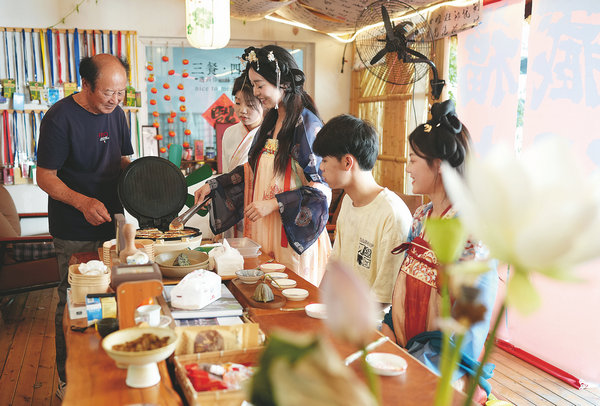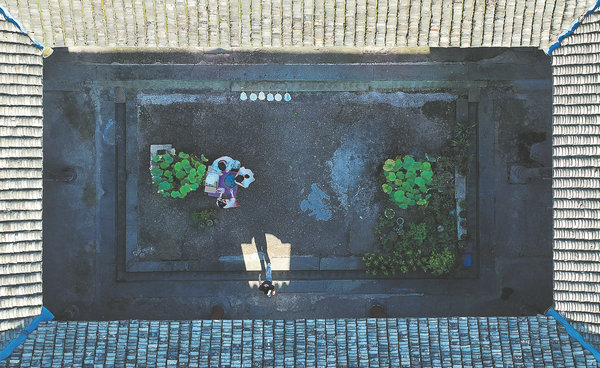

China's intangible cultural heritage workshops are proving to be powerful forces for rural revitalization, with over 11,000 such workshops preserving traditional crafts, creating jobs, and boosting local economies, according to official data.
The workshops are distributed across 2,005 county-level regions, including 670 formerly impoverished counties and 135 key counties designated to receive rural revitalization assistance, and have generated employment for more than 1.2 million people in related industries.
Notably, over 4,300 workshops operate directly in villages, providing flexible work arrangements particularly suited for elderly residents, women, and people with disabilities through home-based production and daily wage models.
The government has actively promoted the role of intangible cultural heritage in cultural preservation and economic development. In December 2021, the Ministry of Culture and Tourism and other central government departments issued a policy document specifically guiding the establishment and operation of these workshops, emphasizing talent cultivation, job creation, and industrial support.
At the local level, 18 provinces have introduced policies to certify and manage these workshops, offering funding, marketing assistance, and resource coordination.
For example, in Zhejiang province, the Xiaoshan district of Hangzhou city has paired workshops with villages.
The provincial-level Xiaoshan pickled radish intangible cultural heritage workshop has connected over 40,000 farmers through contract-based production, generating an output value of 300 million yuan ($41.85 million) in 2024.
The number of national-level intangible cultural heritage inheritors has grown to nearly 4,000 as of March.
Xinhua
